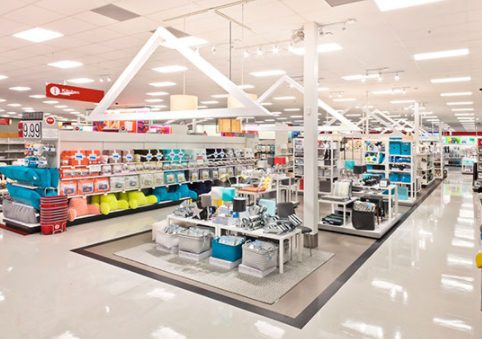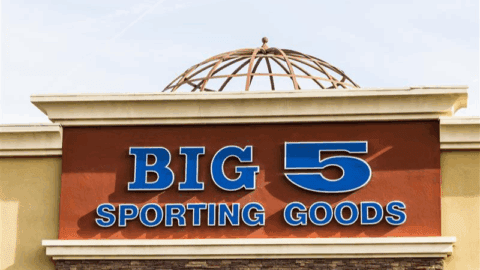Target totally outperformed Wall Street expectations in Q1, perhaps sharing optimism that the retailer is set to experience a reversal of fortunes from its recent stagnation. While revenue fell 1.1% to $16 billion, it beat revenue estimates of $15.62 billion, according to Thomson Reuters. Additionally, comparable stores sales dipped 1.3%, but the numbers were far less bleak than the forecasts of a 3.7% decline.
Comparable store sales declines across the brand can not been spun into a positive, as they illustrate a clear dip in traffic and sales at established stores. But in an earnings call, Target COO John Mulligan pointed out that the stores that have been remodeled since Fall 2016 are seeing a 2% to 4% sales lift, particularly the 10 that are most similar to the retailer’s proposed “next-generation” stores.
At the 2017 Shoptalk event, Target CEO Brian Cornell debuted a prototype of these next-generation stores, with the first fully reimagined store set to open in Houston in October 2017. These stores will feature two separate entrances — one leading to apparel and home goods sections and the other focused around convenience, where shoppers can pick up online orders and groceries.
Advertisement
While the new format is designed to make the shopping decision easier for consumers, the new floor plans also could deliver more good will to its partner suppliers, according to Gina Ashe, CEO of retail intelligence platform provider ThirdChannel.
“CPG brands, for example, sell high-volume, low-touch products, which means having product on shelves is the best way to ensure sell-through rate,” Ashe wrote in a Retail TouchPoints blog post. “By grouping these items on one side of the store, Target can allocate resources there centered on recovery. Associates in the grocery side of Target can prioritize stocking shelves, while self-checkout technology can be installed to decrease friction at checkout. This will create a better partnership between Target and CPG brand suppliers interested in having their products on shelves rather than in boxes.”
Target will be betting a lot on these store formats to succeed. The company announced in February that it plans to invest more than $7 billion in capital over the next three years, and about $1 billion in annual operating profits beginning in 2017, with much of the capital going towards revamping more than 600 stores.
The retailer already invested $500 million of this total in Q1, with most of the funds focused on transforming stores, supply chain and technology.
Q1 Profit Grows, But Expectations Still Tempered
Even with the significant investments, Target’s net income rose from $632 million in Q1 2016, or $1.05 per share, to $681 million, or $1.23 per share in Q1 2017. Digital channel sales grew 22% and contributed 0.8 percentage points of comparable sales growth, which is a positive since it’s growing at roughly the same pace as Amazon’s 23% sales growth.
Despite the better-than-expected earnings report, Target is still taming its expectations going ahead. The retailer expects low single digit comparable sales declines to continue in Q2 2017 and throughout the remainder of the fiscal year, and expects both earnings per share (EPS) from continuing operations and Adjusted EPS to stay within a range of $0.95 to $1.15.














